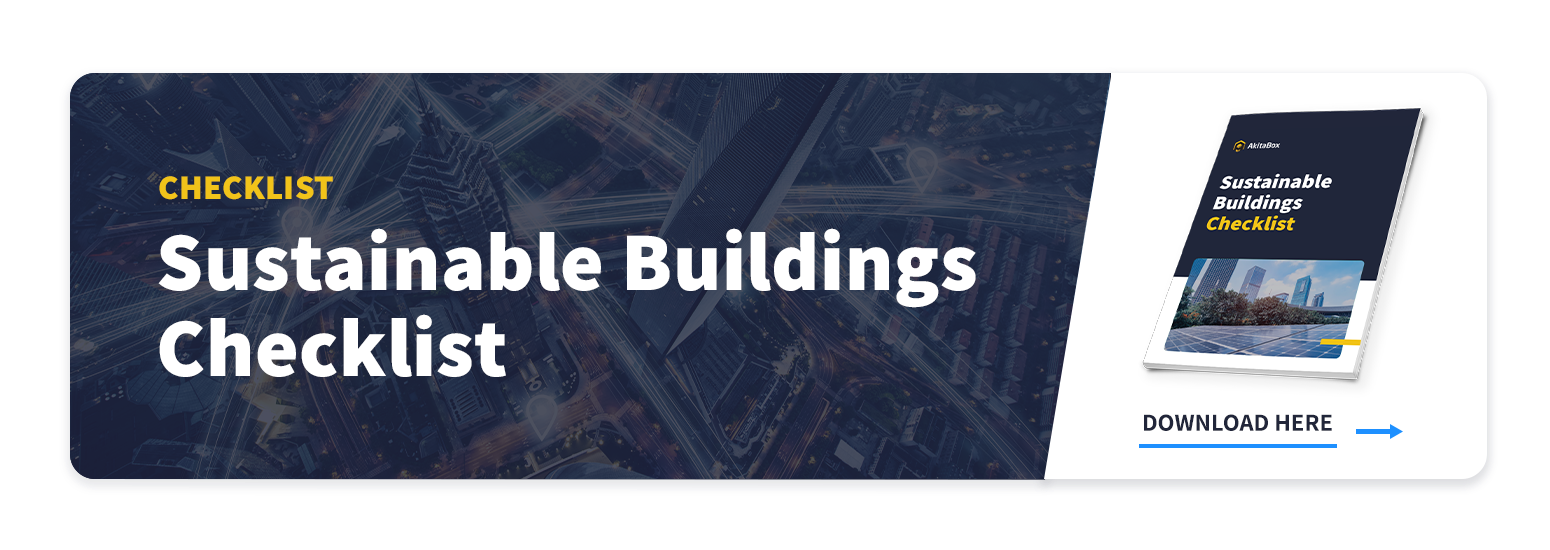Preparing for the unexpected is hard. If you knew what to expect you could anticipate said-expected event and are more likely to get an expected outcome. Makes sense, right?
This past year has been a challenging one when it comes to severe and abnormal weather events: Powerful and long lasting wildfires blazed the West. An ice storm blew through Texas. While it would be great if we could blame COVID-19 for all of these, unfortunately this is a glimpse into the unpredictability and severity that climate change is set to bring us.
There is a lot of talk around initiating more sustainable operations in your facilities, but dealing with climate change goes beyond that. Building operational resilience into your facilities and processes can go a long way toward recovering faster and lessening the impact of it in the future.
What is operational resilience?
Operational resilience refers to processes and initiatives that focus on business continuity management programs. These initiatives typically are focused on limiting risk, exposure, and disruption to occupants, customers, and end users. Operational resilience is more than just a set of activities. It requires careful planning and coordination between multiple teams and stakeholders to ensure everything is accounted for.
What this means is that when an emergency or disaster strikes, your facilities are capable of either avoiding downtime altogether or there is minimal disruption to occupants and customers.
Operational Resilience in Building Operations
Operational resilience is often talked about in the context of IT and service disruption. Your technology and systems need to be available when you need them. The same is true for your facilities. The buildings you own and operate are a strategic asset for your organization. They need to be available for the occupants, staff, and customers who rely on them.
Your facility teams are doing part of this already in the everyday maintenance tasks they complete. However, often they have little time for anything else. They probably have some kind of egress plans and business continuity plan put together, but do you know when those were last reviewed? The operational resilience of your facilities is also affected by factors such as deferred maintenance and poor technology that can hold back the planning and response. For many organizations, just having any kind of plan in place is considered enough to check the box.
Achieving a state of operational resilience in your facilities goes beyond just checking a bunch of boxes. It requires deep planning and coordination from multiple stakeholders and executive leaders. Your facility and operations leaders need to play a key role in this planning.
Steps to Building an Operational Resilience Framework
An operational resilience framework provides the clarity needed for fast and effective response when an emergency or disaster occurs. There are some key steps you should take when building your facilities into this framework.
- Document critical business processes – Understanding your building portfolio and which facilities are most critical is a must. Not every building is vital to your operations, so understand where your planning and resources should be focused. For example,
- Identify your most vulnerable facilities – As climate change worsens, historical data may not be as useful but it is important to understand how things are changing. By viewing recent weather data, you can identify where your vulnerabilities are and get an idea of the likelihood of an event happening.
- Look into facility upgrades – After identifying your most vulnerable facilities it is important to consider what potential upgrades may make that building more resilient to disaster. An operational resilience facility condition assessment (FCA) can provide a snapshot of your facilities and asset conditions at a point in time. Capital Management software takes those FCAs a step further by providing a current view of those conditions and enabling you to accurately budget for your facility needs.
- Implement targeted preventive maintenance – Focus preventive maintenance activities on your most strategic assets. And don’t forget about your backups! Too many organizations take for granted their backups such as generators, only to find out that they don’t work properly when they are needed most.
- Plan for recovery – Operational resilience isn’t just about avoiding downtime, but how quickly you can recover. Spend time planning how you would reopen your most critical facilities when a disaster strikes.
What steps are you taking to build operational resilience in your facilities? What did we miss? Let us know in the comments!
